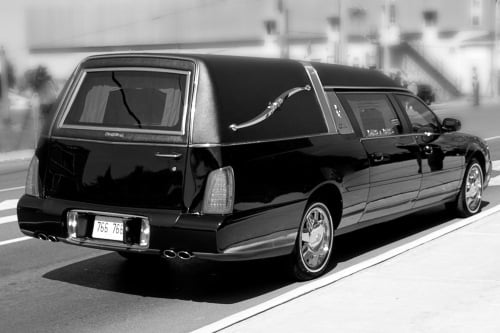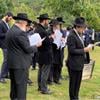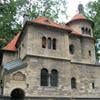“For dust you are, and to dust you shall return.”
After a loved one passes away it is a mitzvah to arrange for their body to be laid to rest in a Jewish cemetery in accordance with age-old traditions.
Cremation, in which the body is cruelly destroyed, is anathema in Judaism, which celebrates future resurrection, when the dead will once again rise from their earthly remains.
Burial is so important that survivors are absolved from many mitzvot and prayers from the time of passing until the funeral so that they can devote themselves fully to their sacred responsibility.
The body is prepared for burial by the chevra kadisha (“sacred society”), who lovingly bathe it and dress it for its final journey. The body should be tampered with as little as possible and buried in a simple wooden coffin and white shrouds.
The immediate family of the deceased have their garments torn, as a sign of their deep sadness.
The Jewish funeral often includes the recital of Psalms and eulogies in which the departed's virtues are remembered and celebrated. It may begin in a funeral home and then proceed to the cemetery, or be “graveside” only.
For the duration, the casket remains closed, and the deceased is not viewed.
The Hebrew word for a funeral is levayah, “accompaniment” as it is a mitzvah to walk behind the bier, giving honor and dignity to the deceased. It is also a mitzvah to cover the body with dirt, something that should not be left for non-Jewish laborers.
After the burial and the recital of “Mourner’s Kaddish,” attendees line up to wish the bereaved family comfort “among the mourners of Zion and Jerusalem.”
Since the beneficiary of this mitzvah cannot pay us back for our efforts, participation is referred to as the “kindness of truth.”







Start a Discussion